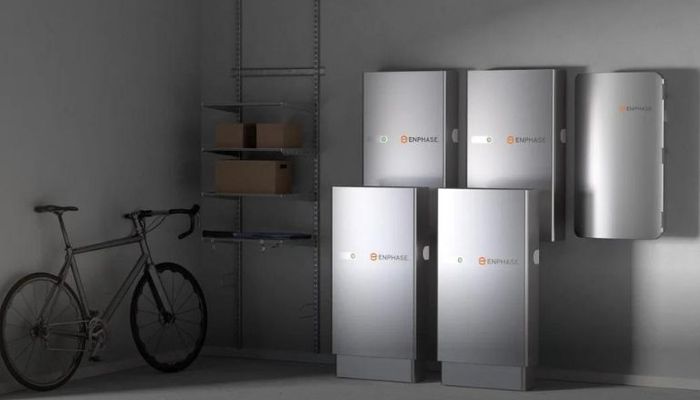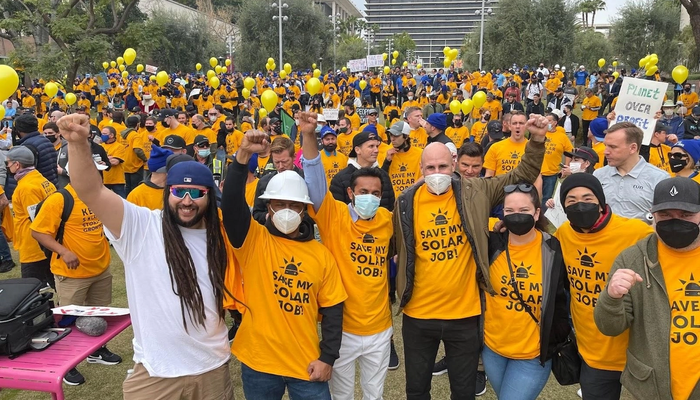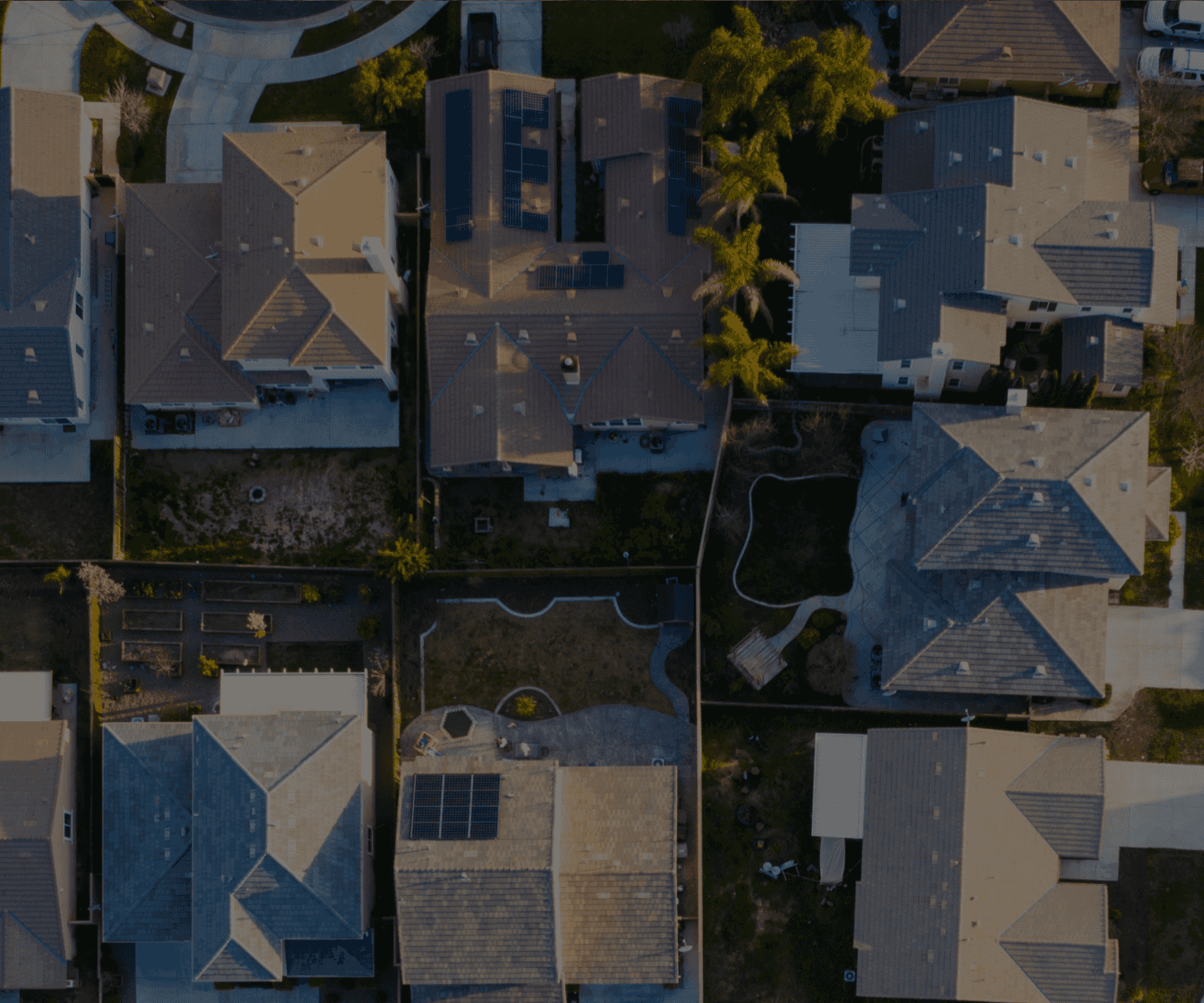How Long Do Solar Panels Last? Solar Panel Lifespan Overview

While solar panels have a reputation for being environmentally friendly, most people ultimately choose to go solar because it saves money on their electricity bills. However, it’s important to figure out whether those savings will pay for the upfront system costs over the solar panel lifespan.

How long do solar panels last?
Typically, one of the first questions people ask in their solar research process is: how long do solar panels last? And how long will it take to pay off the investment?
To answer your question, the lifespan of solar panels is 25 years minimum. That's also the length of the average warranty period — a standard in the solar industry. Essentially, solar panel manufacturers guarantee that your panels can produce power for 25+ years.
Over time, your panels will suffer a small amount of degradation — a natural drop in production as the panels age. Most high-quality solar panels lose between 0.3% to 1% of their rated wattage each year. This is known as the degradation rate, and solar panel warranties are structured to account for this (more on this below).
Knowing these benchmarks can help you calculate your payback period, but there are more nuances about solar panel lifespan that are worth covering in more detail.
Solar panel warranties
A solar panel performance warranty outlines how long solar panels will produce power, as well as their expected performance at the end of the warranty period.
For example, a warranty that guarantees 87.5% performance after 25 years implies that the panels are subject to an 0.5% degradation rate each year. (100% - 87.5% / 25 = 0.5%)
Under this warranty, a 400W solar panel would be expected to produce 350W of power at the end of its 25-year lifespan.
A product warranty covers issues related to manufacturing defects, like a defective junction box, issues with the back sheet, or reduced power production caused by a bad cell or connection.
Product warranties are shorter than performance warranties ‒ typically 7 to 15 years depending on the manufacturer. Our Phono Solar 400W panel comes with a 12-year product warranty. Some premium panels come with a longer warranty but expect to pay a higher cost-per-watt for these options.
Learn more: Everything You Need to Know About Solar Panel Warranties
What happens at the end of a solar panel’s lifespan?
After 25 years, solar panels are considered to outlive their “useful lifespan” according to manufacturers, but that doesn’t mean they’ll stop producing power.
Many solar panel systems stay in commission long after the warranty period is up, sometimes for years or decades past the end of their warrantied lifespan.
In 2012, the National Renewable Energy Laboratory published a study evaluating the degradation of solar panels based on real-world test systems. It found that 78% of panels had a degradation rate of less than 1%, with a majority falling in the 0.4 - 0.6% bracket (see chart).

Keep in mind that this study was published in 2012, and that panel technology has progressed rapidly over the past decade. That may be why NREL now lists the useful lifespan of solar panels as 25-40 years.
In short, it’s rare that solar panels die suddenly ‒ instead, they gradually lose power until the array no longer produces enough to cover the household’s energy needs.
When it finally comes time to pull those solar panels off your roof, there are recycling programs available to sustainably decommission your panels. Solar panel recycling companies can break down those panels for glass, aluminum and silicon scrap.
Solar panel recycling is a relatively new industry that emerged as the first wave of solar power systems from the 1970s and 80s reached the end of their lifespan. This article from Ensia does a good job of covering the emergence of the solar panel recycling industry, and the challenges it needs to overcome to make recycling services widely available to PV owners.
How can I improve my solar panels' lifespan?
Solar panels are quite durable. As they have no moving parts, they’re highly unlikely to fail as part of their normal operation.
When panels do fail, it’s usually because of physical damage or uncontrollable factors ‒ like hail or a tree branch falling on a panel and cracking the glass.
However, panels can also suffer if maintenance is severely neglected and grime builds up on the face of the panel, impeding its ability to absorb the sun’s rays.
Here are a few quick tips to improve the lifespan of your solar panels:
- Buy quality solar panels with a competitive warranty. Look for a 25+ year performance warranty that guarantees less than 1% degradation rate.
- Install your panels away from trees and other obstructions. Not only can shade cause panels to underperform, but overhanging tree branches can break and fall on your panels, cracking the glass.
- Make sure your panels are mounted to a strong racking foundation and any wires or connectors are securely fastened. Loose or faulty connection points can cause your panels to malfunction.
- Once or twice a year, clean your solar panels with a soft brush and cleaning solution to keep them free of dust and debris. Window washing equipment works well for this.
- Inspect your system on an annual basis to make sure no problems are apparent with the racking, wiring, and electrical fittings.
What is the lifespan of the other solar components?
Solar panels are the longest-lasting component in your system. Other components have shorter warranties, and you should budget for planned replacements over the life of your system.
Here’s a brief overview of the expected lifespan of other core solar components:
Racking
Racking warranties generally keep pace with panel warranties, since like solar panels, racking systems have no moving parts. Our Ironridge XR rail system comes with a 25-year warranty.
Inverters
String inverters typically carry warranties between 5-15 years depending on the brand.
For example, microinverters like the Enphase IQ series come with a 25-year warranty to match your solar panels. While microinverters may be a bit more costly upfront, their longer lifespan makes them well worth the investment, as you won’t have to budget for future replacements.
Batteries
For off-grid and backup power systems, battery lifespan is the hardest to predict. Batteries are warranted for a certain number of charge cycles, the number of times the battery bank is discharged (used to power your appliances) and then recharged from solar.
In an off-grid residence, it’s typical to complete one charge cycle per day by drawing power from the battery bank at night and recharging from solar during the day. A battery that is warrantied for 1200 cycles will last just over three years with proper maintenance and care. (1200 cycles / 365 days a year = 3.29 years)
The depth of discharge (DoD) also matters. DoD refers to the amount of battery capacity that is used before recharging the battery bank. Lead-acid battery warranties assume a maximum of 50% DoD; going over that threshold puts extra strain on the batteries that will shorten their lifespan.
Flooded and sealed lead-acid batteries typically have warranties that equate to 3-5 years of daily use. However, if you install them in a backup power system or vacation home that you visit once or twice per year, they’ll last much longer as they are not being constantly cycled.
Lithium batteries, like the Fortress eFlex, have newer chemistry with a much longer lifespan. The eFlex warranty covers 6,000 cycles at an 80% DoD, or 10 years of ownership ‒ whichever comes first.
Preparing to go solar?
Solar power systems are designed to last for decades. Even when you factor in replacement part costs over the life of your system, most grid-tie solar homeowners pay back their full investment in 5-10 years of ownership, leaving plenty of time to reap the rewards of low energy costs for decades to come.
If you need help going solar, reach out to us for a free PV design consultation, or with any questions you may have.






